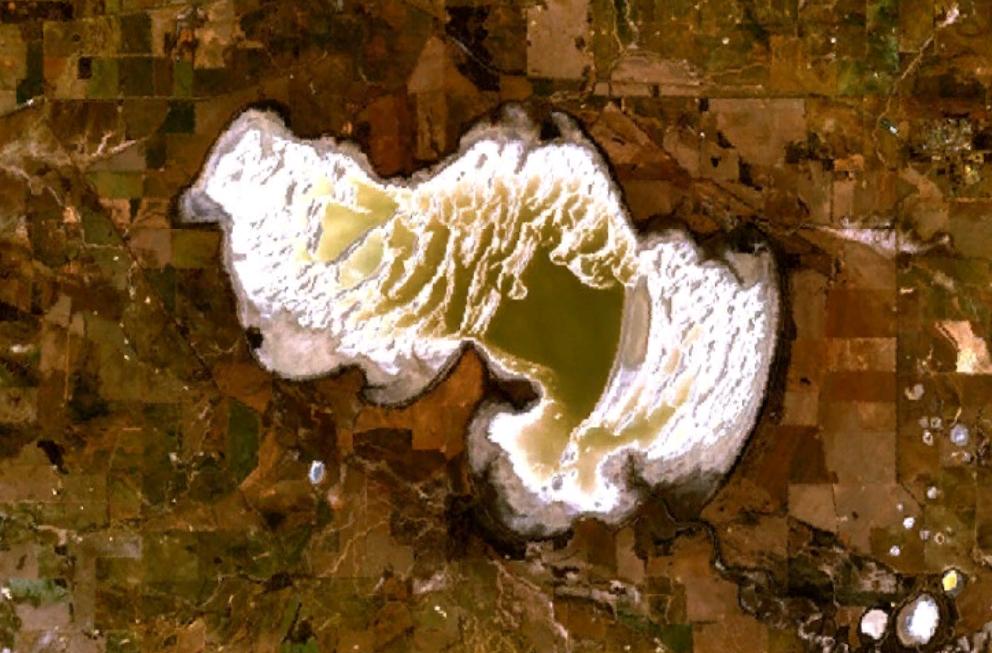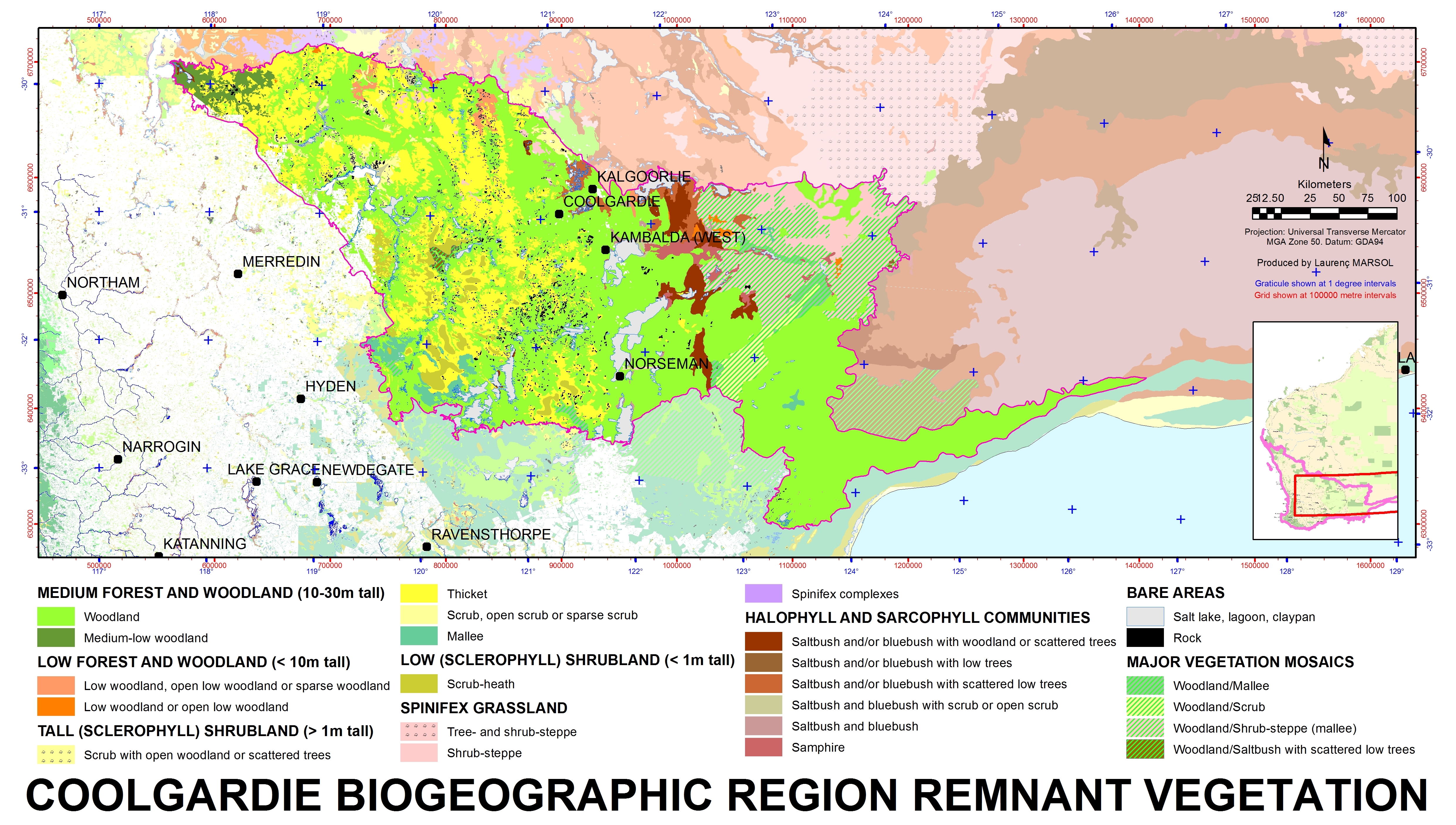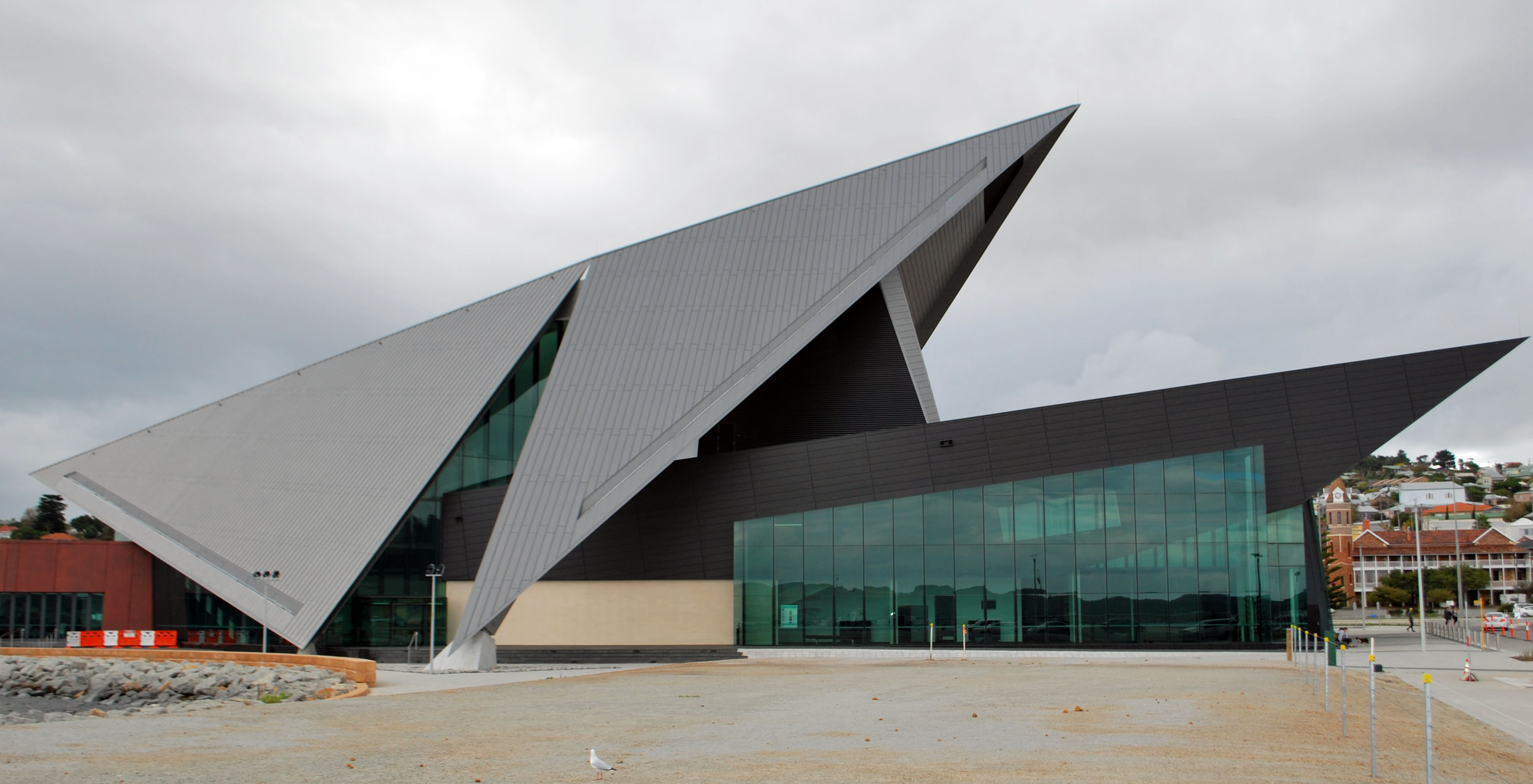|
Persoonia Striata
''Persoonia striata'' is a species of flowering plant in the family Proteaceae and is endemic to the south-west of Western Australia. It is an erect, often spreading shrub with hairy young branchlets, linear to spatula-shaped leaves, and bright yellow flowers borne in groups of up to five on a rachis up to long that continues to grow after flowering. Description ''Persoonia striata'' is an erect, often spreading shrub that typically grows to a height of and has branches covered with whitish or greyish hairs when young. The leaves are linear to spatula-shaped, long and wide with three parallel ridges on both sides. The flowers are arranged in groups of up to five on a rachis up to long that usually continues to grow after flowering, each flower on a pedicel long with a scale leaf at its base. The tepals are bright yellow, long and glabrous. Flowering occurs from November to December. Taxonomy ''Persoonia striata'' was first formally described in 1830 by Robert Brown i ... [...More Info...] [...Related Items...] OR: [Wikipedia] [Google] [Baidu] |
Robert Brown (botanist, Born 1773)
Robert Brown (21 December 1773 – 10 June 1858) was a Scottish botanist and paleobotanist who made important contributions to botany largely through his pioneering use of the microscope. His contributions include one of the earliest detailed descriptions of the cell nucleus and cytoplasmic streaming; the observation of Brownian motion; early work on plant pollination and fertilisation, including being the first to recognise the fundamental difference between gymnosperms and angiosperms; and some of the earliest studies in palynology. He also made numerous contributions to plant taxonomy, notably erecting a number of plant families that are still accepted today; and numerous Australian plant genera and species, the fruit of his exploration of that continent with Matthew Flinders. Early life Robert Brown was born in Montrose on 21 December 1773, in a house that existed on the site where Montrose Library currently stands. He was the son of James Brown, a minister i ... [...More Info...] [...Related Items...] OR: [Wikipedia] [Google] [Baidu] |
Dumbleyung, Western Australia
Dumbleyung is a town and Shire of Dumbleyung, shire in the Wheatbelt (Western Australia), Wheatbelt region of Western Australia, south-east of Perth between Wagin, Western Australia, Wagin and Lake Grace, Western Australia, Lake Grace on List of road routes in Western Australia#107, State Route 107. History Dumbleyung's name is of Noongar origin, coming from "Dambeling" which possibly means "large lake or inland sea" (although another source suggests it came from "dumbung", a game played with bent sticks and a hard piece of fruit. The lake nearby was discovered and named Dambeling Lake by explorers Henry Landor and Henry Maxwell Lefroy in 1843, and the current spelling was used by surveyors in the 1860s and 1870s. Pastoralists and Santalum spicatum, sandalwood cutters moved into the area, initially settling at Nippering, north of Lake Dumbleyung and west of the present town. The first three families to settle in the area were the Cronin, Kersley and Bartram families. George Ker ... [...More Info...] [...Related Items...] OR: [Wikipedia] [Google] [Baidu] |
Flora Of Western Australia
The flora of Western Australia comprises 10,551 published native vascular plant species and a further 1,131 unpublished species. They occur within 1,543 genera from 211 families; there are also 1,317 naturalised alien or invasive plant species more commonly known as weeds. There are an estimated 150,000 cryptogam species or nonvascular plants which include lichens, and fungi although only 1,786 species have been published, with 948 algae and 672 lichen the majority. History Indigenous Australians have a long history with the flora of Western Australia. They have for over 50,000 years obtained detailed information on most plants. The information includes its uses as sources for food, shelter, tools and medicine. As Indigenous Australians passed the knowledge along orally or by example, most of this information has been lost, along many of the names they gave the flora. It was not until Europeans started to explore Western Australia that systematic written details of the flora commen ... [...More Info...] [...Related Items...] OR: [Wikipedia] [Google] [Baidu] |
Persoonia
''Persoonia'', commonly known as geebungs or snottygobbles, is a genus of about one hundred species of flowering plants in the family Proteaceae. Plants in the genus ''Persoonia'' are shrubs or small trees usually with smooth bark, simple leaves and usually yellow flowers arranged along a raceme, each flower with a leaf or scale leaf at the base. The fruit is a drupe. Description Persoonias are usually shrubs, sometimes small trees and usually have smooth bark. The adult leaves are simple, usually arranged alternately but sometimes in opposite pairs, or in whorls of three or four. If a petiole is present, it is short. The flowers are arranged singly or in racemes, usually of a few flowers, either in leaf axils or on the ends of the branches. Sometimes the raceme continues to grow into a leafy shoot. The tepals are free from each other except near their base, have their tips rolled back and are usually yellow. There is a single stigma on top of the ovary and surrounded by ... [...More Info...] [...Related Items...] OR: [Wikipedia] [Google] [Baidu] |
IBRA
The Interim Biogeographic Regionalisation for Australia (IBRA) is a biogeographic regionalisation of Australia developed by the Australian government's Department of Sustainability, Environment, Water, Population, and Communities. It was developed for use as a planning tool, for example for the establishment of a national reserve system. The first version of IBRA was developed in 1993–94 and published in 1995. Within the broadest scale, Australia is a major part of the Australasia biogeographic realm, as developed by the World Wide Fund for Nature The World Wide Fund for Nature Inc. (WWF) is an international non-governmental organization founded in 1961 that works in the field of wilderness preservation and the reduction of human impact on the environment. It was formerly named the Wor .... Based on this system, the world is also split into 14 terrestrial habitats, of which eight are shared by Australia. The Australian land mass is divided into 89 bioregions and 4 ... [...More Info...] [...Related Items...] OR: [Wikipedia] [Google] [Baidu] |
Mallee (biogeographic Region)
Mallee, also known as Roe Botanical District, is a biogeographic region in southern Western Australia. Located between the Esperance Plains, Avon Wheatbelt and Coolgardie bioregions, it has a low, gently undulating topography, a semi-arid mediterranean climate, and extensive ''Eucalyptus'' mallee vegetation. It has an area of . About half of the region has been cleared for intensive agriculture. Recognised as a region under the Interim Biogeographic Regionalisation for Australia (IBRA), it was first defined by John Stanley Beard in 1980. Geography and geology The Mallee region has a complex shape with tortuous boundaries, but may be roughly approximated as the triangular area south of a line from Bruce Rock to Eyre, but not within 40 kilometres (25 mi) of the south coast, except at its eastern limits. It has an area of about 79000 square kilometres (31000 mi²), making it about a quarter of the South West Botanic Province, 3% of the state, and 1% of Australia. I ... [...More Info...] [...Related Items...] OR: [Wikipedia] [Google] [Baidu] |
Jarrah Forest
Jarrah forest is tall open forest in which the dominant overstory tree is '' Eucalyptus marginata'' (jarrah). The ecosystem occurs only in the Southwest Botanical Province of Western Australia Western Australia (commonly abbreviated as WA) is a state of Australia occupying the western percent of the land area of Australia excluding external territories. It is bounded by the Indian Ocean to the north and west, the Southern Ocean to .... It is most common in the biogeographic region named in consequence Jarrah Forest. Most jarrah forest contains at least one other co-dominant overstory tree; association with '' Corymbia calophylla'' is especially common, and results in which is sometimes referred to as jarrah-marri forest. Considerable amount of research delineates northern, central and southern jarrah forestStrelein, G. J. (1988) ''Site classification in the Southern jarrah forest of Western Australia'' Como, W.A. Dept. of Conservation and Land Management, Western Austral ... [...More Info...] [...Related Items...] OR: [Wikipedia] [Google] [Baidu] |
Esperance Plains
Esperance Plains, also known as Eyre Botanical District, is a biogeographic region in southern Western Australia on the south coast between the Avon Wheatbelt and Hampton bioregions, and bordered to the north by the Mallee region. It is a plain punctuated by granite and quartz outcrops and ranges, with a semi-arid Mediterranean climate and vegetation consisting mostly of mallee-heath and proteaceous scrub. About half of the region has been cleared for intensive agriculture. Recognised as a bioregion under the Interim Biogeographic Regionalisation for Australia (IBRA), it was first defined by John Stanley Beard in 1980. Geography and geology The Esperance Plains may be roughly approximated as the land within of the coast between Albany and Point Culver on the south coast of Western Australia. It has an area of about , making it about 9% of the South West Province, 1% of the state, and 0.3% of Australia. It is bounded to the north by the Mallee region, and to the wes ... [...More Info...] [...Related Items...] OR: [Wikipedia] [Google] [Baidu] |
Coolgardie (biogeographic Region)
Coolgardie is an Australian bioregion consisting of an area of low hills and plains of infertile sandy soil in Western Australia. It has an area of . It includes much of the Great Western Woodlands. Location and description This is a transition zone between the Mediterranean climate of Australia's south-west coast and the country's dry interior. The poor soil makes it unsuitable for agriculture but Coolgardie has been a gold and nickel mining area. It is bounded on the north by the arid Murchison bioregion, characterised by open Mulga woodlands and steppe. The low shrublands of the arid Nullarbor Plain lie to the east. The Mallee bioregion adjoins Coolgardie on the south. The Avon Wheatbelt bioregion is to the west. The Coolgardie bioregion, together with the coastal Hampton bioregion to the southeast, constitute the Coolgardie woodlands ecoregion defined by the World Wildlife Fund. Flora and fauna The low hills are home to woodland of endemic species of eucalyptus whil ... [...More Info...] [...Related Items...] OR: [Wikipedia] [Google] [Baidu] |
Avon Wheatbelt
The Avon Wheatbelt is a bioregion in Western Australia. It has an area of . It is considered part of the larger Southwest Australia savanna ecoregion. Geography The Avon Wheatbelt bioregion is mostly a gently undulating landscape with low relief. It lies on the Yilgarn Craton, an ancient block of crystalline rock, which was uplifted in the Tertiary and dissected by rivers. The craton is overlain by laterite deposits, which in places have decomposed into yellow sandplains, particularly on low hills. Steep-sided erosional gullies, known as breakaways, are common. Beecham, Brett (2001). "Avon Wheatbelt 2 (AW2 - Re-juvenated Drainage subregion)" in ''A Biodiversity Audit of Western Australia’s 53 Biogeographical Subregions in 2002''. Department of Conservation and Land Management, Government of Western Australia, November 2001. Accessed 15 May 2022/ref> In the south and west (the Katanning subregion), streams are mostly perennial, and feed rivers which drain westwards to empty i ... [...More Info...] [...Related Items...] OR: [Wikipedia] [Google] [Baidu] |
Albany, Western Australia
Albany ( ; nys, Kinjarling) is a port city A city is a human settlement of notable size.Goodall, B. (1987) ''The Penguin Dictionary of Human Geography''. London: Penguin.Kuper, A. and Kuper, J., eds (1996) ''The Social Science Encyclopedia''. 2nd edition. London: Routledge. It can be def ... in the Great Southern region in the Australian state of Western Australia, southeast of Perth, the state capital. The city centre is at the northern edge of Princess Royal Harbour, which is a part of King George Sound. The central business district is bounded by Mount Clarence to the east and Mount Melville to the west. The city is in the local government area of the City of Albany. While it is the oldest colonial, although not European, settlement in Western Australia - predating Perth and Fremantle by over two years - it was a exclave, semi-exclave of New South Wales for over four years until it was made part of the Swan River Colony. The settlement was founded on 26 Dece ... [...More Info...] [...Related Items...] OR: [Wikipedia] [Google] [Baidu] |
William Baxter (botanist)
William Baxter (born 1787 - died between 1830 and 1836) was an English gardener who collected in Australia on behalf of English nurserymen and private individuals. He had developed his horticultural reputation as gardener to the Comtesse de Vandes in Bayswater, London, many of the plants he had nurtured being used for illustrations in ''Curtis's Botanical Magazine''. He was the first privately financed plant collector to be sent to Australia, his mission being to collect seeds and roots for the London seedsman F. Henchman.Clough, 2002. ''The Oxford Companion to Australian Gardens''. Oxford University Press: Melbourne. p. 79. Baxter's collections were made at Kangaroo Island (1822–1823), the southern coast of Western Australia (1823–1825), at King George Sound, Cape Arid and Lucky Bay, Twofold Bay, and Wilsons Promontory, Victoria (1826). The final expedition to Western Australia (1828–1829) was arranged by Charles Fraser. On his return they disagreed about the distribution o ... [...More Info...] [...Related Items...] OR: [Wikipedia] [Google] [Baidu] |
.jpg)


.jpg)




